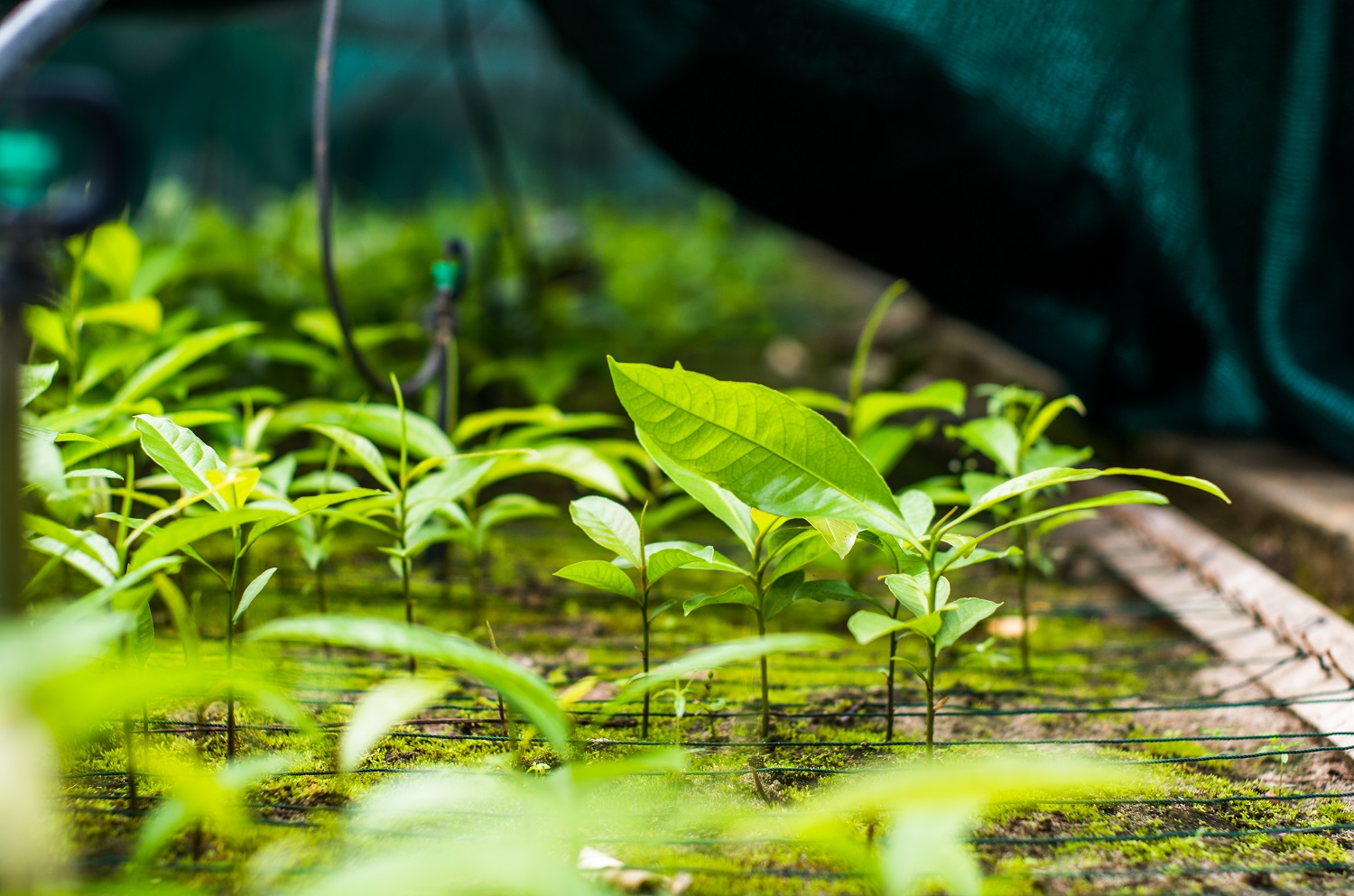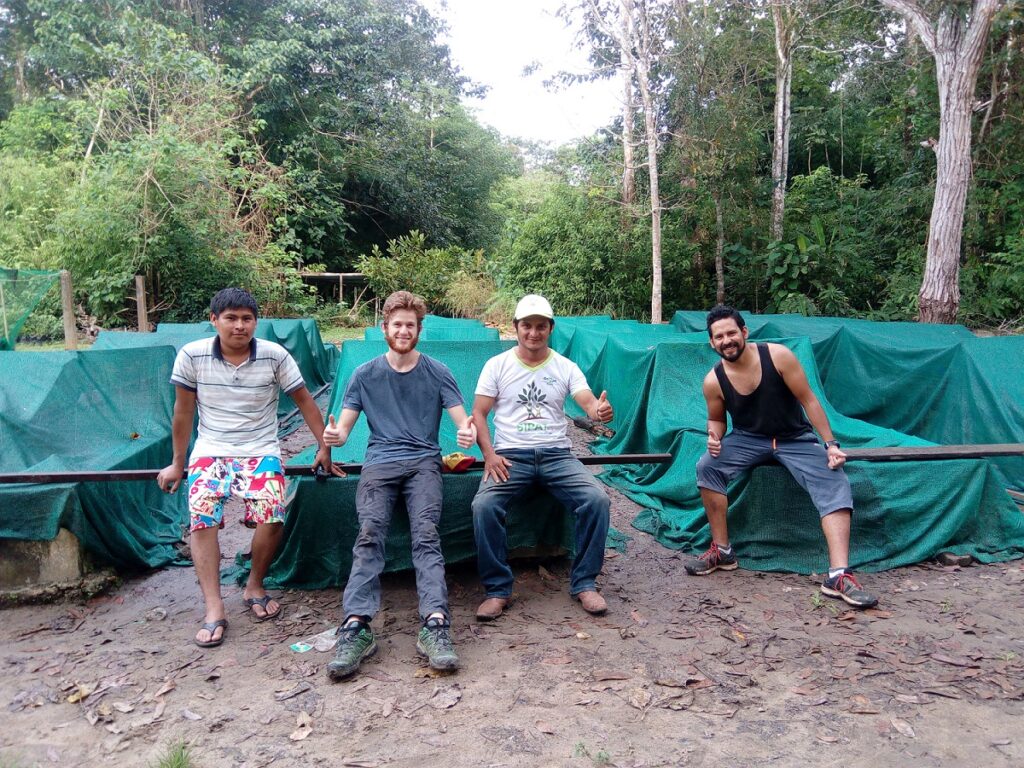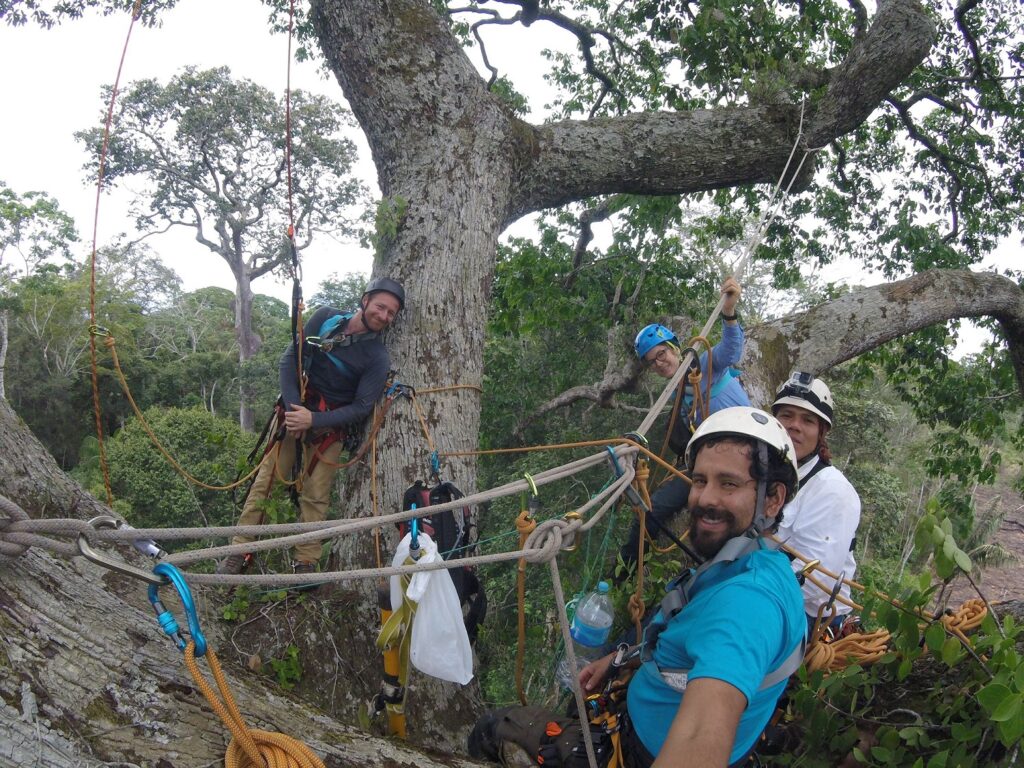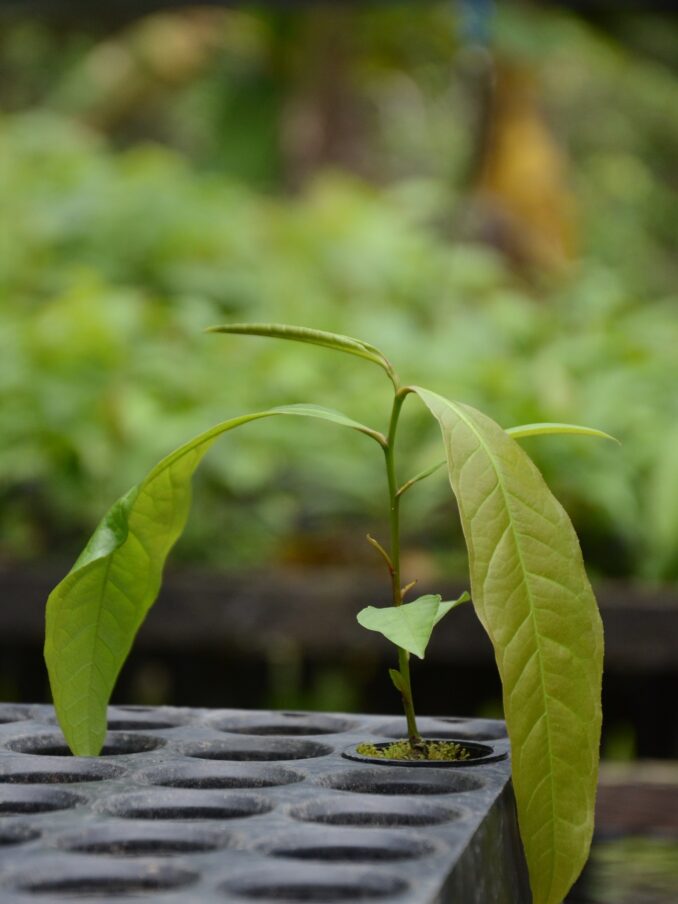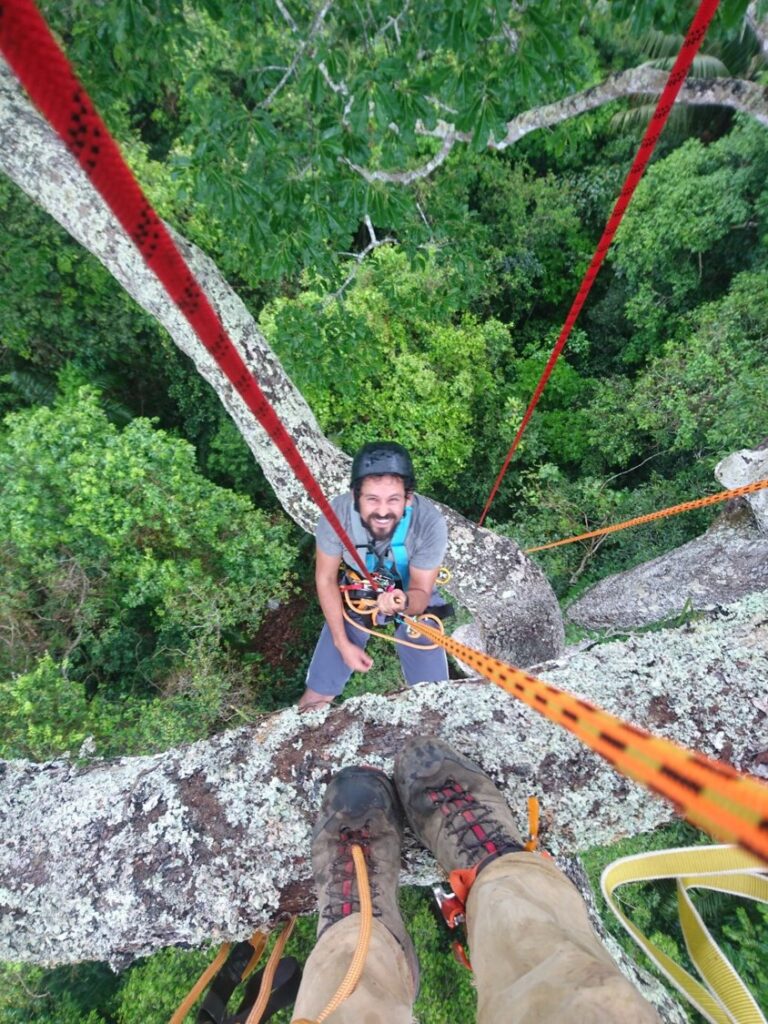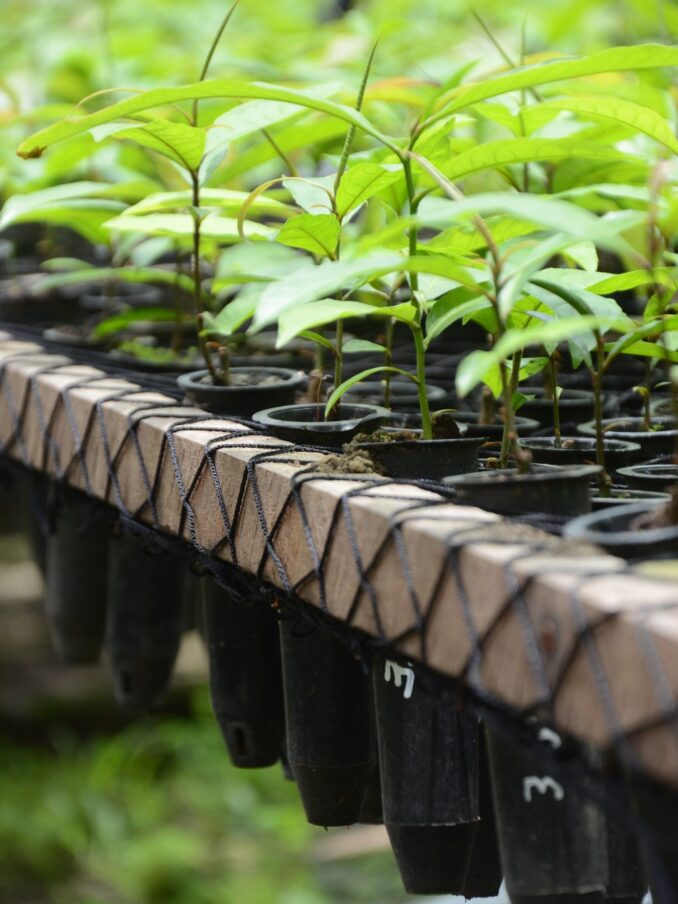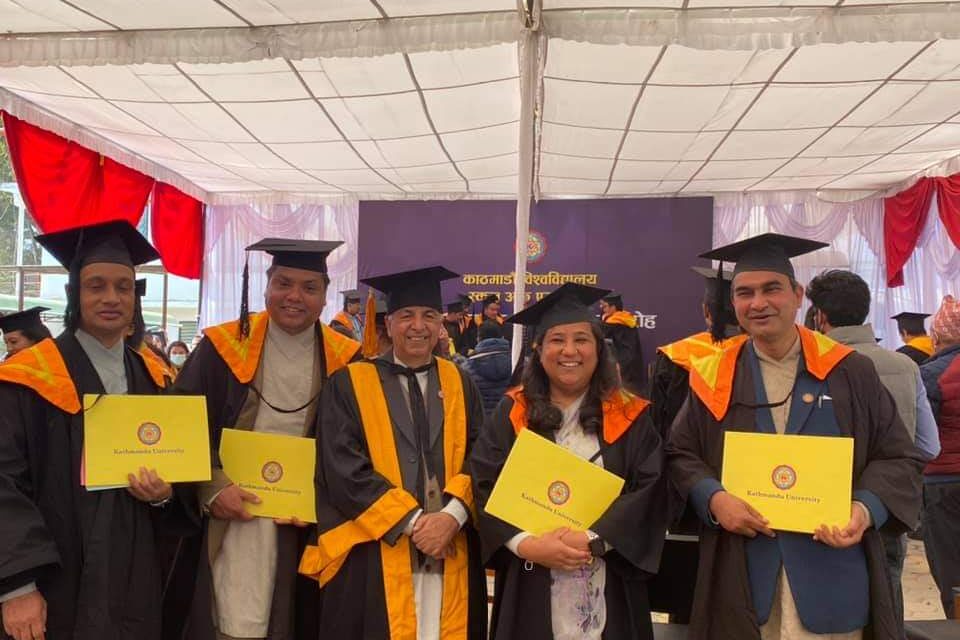It’s not until you get to climb up to the top of a Brazil-nut tree, a physically demanding task to only reach the beginning of its crown at about 40m height, that you have a glimpse of its magnitude. Being up there is realizing the completely different world you are in, a mysterious domain full of surprises, new perspectives, spaces where no other human being has been, full of life, biodiversity and functions. A glimpse of the rainforest, its immensity and secrets. Once up there, several meters long telescopic scissors are sometimes not enough to reach to a single leaf to sample from. For a minute, this changes your perspective of reality – a parallel reality under continuous threat. It’s also easy to wonder how it would be to climb even bigger Amazon tree species. Unfortunately, this is not possible in most of our study areas, as they’ve already disappeared due to unsustainable forest-resource and land use.
Going nuts in the Amazon
by Fidel Chiriboga-Arroyo, 14 May 2020
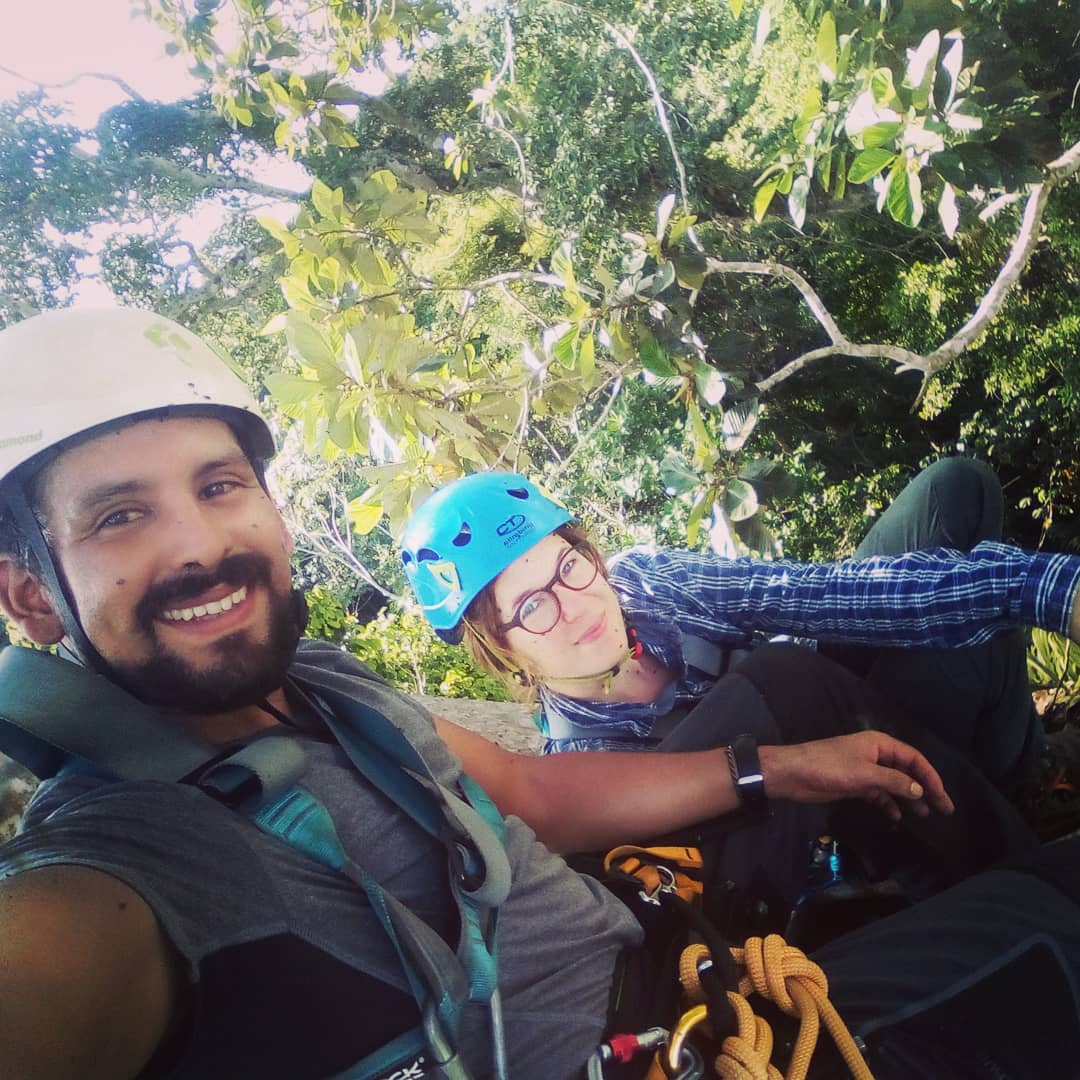
Fidel and Simona Zahner, a master student from the ETH who was crucial to the climbing field-work thanks to her skills, professionalism and enthusiasm (photo credit: Fidel Chiriboga-Arroyo/ETH Zurich)
My initial interests as a Biologist were animals and marine ecosystems. I never thought I would end up working with genetics, and even less with ecologically and socio-economically important Amazon tree species for my PhD. I probably never imagined that my attention would migrate from purely ecological questions to others that aim to integrate human aspects. In this context, now I don’t only ask myself how to have resilient, biodiverse ecosystems able to withstand changes, but also how this can go hand in hand with social development, particularly in rural areas. Is it possible to use natural resources without having to destroy them? Can forest conservation and social development be combined?
The Brazil-nut (German: Paranuss) tree has been regarded in literature as a hyperdominant tree species, the cornerstone of Amazonian conservation, as it disproportionately contributes to some ecosystem services and gives a win-win-(win) solution for management of the forest while providing income to tens of thousands of families involved in its value chain. The product that it produces, the Brazil nut, is collected from the wild, from the ground without damaging the tree, and it’s the only globally traded non-timber forest product. It is a major carbon-sequestration species and acts as a skeleton to some of the last remaining rain forests in the region, doing its best to stand strong as an alternative to unsustainable logging, agriculture, cattle ranching, and associated fires.
Alternatives to unsustainable use of nature resources are acute and necessary before this whole rain-forest ecosystem reaches a tipping point, risking to become a mere savannah. As a team, we study this tree’s reproduction, find evidence for inbreeding and try to associate forest degradation with loss of genetic diversity. For this, we germinated thousands of seeds and followed their survival after planting them in degraded areas, with the goal to explore the importance of maintaining genetically diverse forest resources for restoration efforts and for adult tree productivity of great socio-economic value. This has opened opportunities to collaborate with parallel projects, supporting each other and benefiting from interdisciplinary approaches for common goals. Doing research with the Brazil nut is for the current years my choice of contribution against nature destruction and for resilient use of it, but supporting such matters doesn’t need to be this extreme - what’s your contribution?
Videos
View from the crown base of one of the sampled Brazil-nut trees (video by Fidel Chiriboga-Arroyo)
View of a protected forest from the crown base of one of the sampled Brazil-nut trees (video by Fidel Chiriboga-Arroyo)
Setup of Brazil-nut germination experiments, growing seedlings and sampling at and in collaboration with the Peruvian Institute of Amazon Research (IIAP) (video by Fidel Chiriboga-Arroyo)
Sampling of genetic material in the Madre de Dios region in Peru (video by Fidel Chiriboga-Arroyo)
Would it be possible to make Brazil-nut seedlings germinated at the ETH? (video by Fidel Chiriboga-Arroyo)
Labwork at the Genetic-Diversity Centre (GDC), ETHZ (video by Fidel Chiriboga-Arroyo)
Science-film miniclip about genetic diversity and some drama behind it (video by Fidel Chiriboga-Arroyo, Jean-Charles Schaegis, Patricia Schmidt and Nina Beier together with the course organizer Exposure)
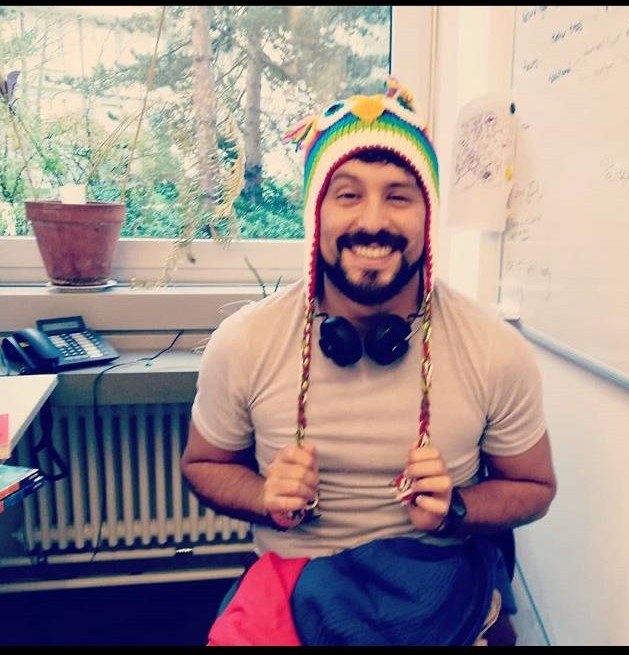
Fidel Chiriboga-Arroyo:
Ecuadorian (and Swedish) Biologist working with Molecular Ecology and Conservation Genetics, in a joint affiliation with the Ecosystem Management and Plant Ecological Genetics groups. During early PhD stages in intrinsic collaboration with the SUSTAIN project.
The thing that keeps me busiest at the moment is: Keeping up motivation during home office: write write write, analyse data, zoom zoom zoom, write write, coffee coffee, some kind of sports, repeat.
One book I recommend: Guns, Germs and Steel, Jared Diamond
And if all else fails, my instant pick-me-up is: “Of course I know Shakira from before she dyed her hair”.

